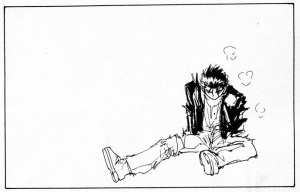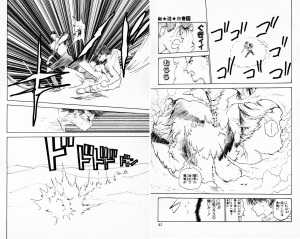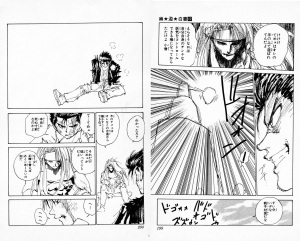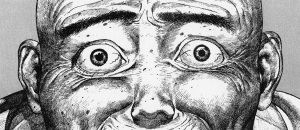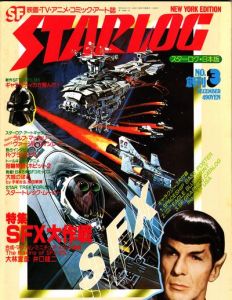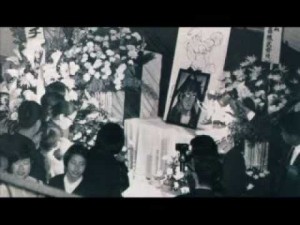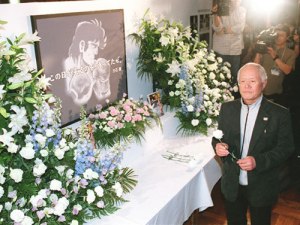
This conversation was published December 2006, when the Tekkon Kinkreet movie came out in theaters and Matsumoto was in the early stages of Takemitsu Zamurai. The artist he’s talking to here, Fumiko Takano, is not a particularly well-known name in the English-speaking manga community, but she’s a huge deal — just look at how her name comes up repeatedly in the other interviews I’ve translated!
Matsumoto: So, what do you do, day to day? What does your life look like now?
Takano: Well… I go to the children’s section at the library, I make food and serve tea and work as an arts and crafts teacher at the local old folks’ home, and lately I’ve even been thinking about going to a kindergarten class nearby. (laugh) I’m kept so busy with stuff in my neighborhood that I tend not to ever go very far from home. I haven’t been to Shinjuku in forever.
Matsumoto: Yeah, I only ever come to Tokyo to go to the Shogakukan offices, although recently I’ve been going to places like the Edo-Tokyo Museum in Fukagawa, since I’m doing a manga set in the Edo era. It sounds like you’re quite active in your neighborhood.
Takano: It’s not something I have to do, but I do try to make an effort. I’ve been sort of off manga lately, so when I went back and read your work this week it was the first manga I’d read in quite a while.
Matsumoto: That’s very nice of you. I wouldn’t have expected you to have much interest in my work, though… Continue reading
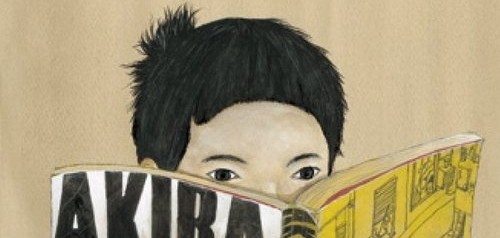
 Evening did an interview with Tsutomu Nihei earlier this month because he’s been roped into being the special guest judge for their newcomer awards. It’s a short one, but it ought to hit some of the main things you’d like to hear about from him — including why Knights of Sidonia is so different from his previous work.
Evening did an interview with Tsutomu Nihei earlier this month because he’s been roped into being the special guest judge for their newcomer awards. It’s a short one, but it ought to hit some of the main things you’d like to hear about from him — including why Knights of Sidonia is so different from his previous work.
